Comparing some the Tripartite Consequences of Leisure-Recreational Sports among Selected University Students in Iran and Iraq
محتوى المقالة الرئيسي
الملخص
The purpose of this study was to compare the triple consequences of recreational sports among selected Iranian and Iraqi university students. and then thematic analysis was used to analyze the data. In the quantitative part, the Kendall W and independent t-tests were used. Based on the findings of the qualitative part, out of a total of 202 identified basic themes, 43 themes constituted physical outcomes, including the development of individual skills and abilities, reduction of injuries and illnesses, physical vitality, and contribution to the proper functioning of body organs; 75 themes constituted psycho-emotional outcomes, including individual growth, moral-behavioral development, emotional-trait development, and life development; and 84 themes constituted social outcomes, including social growth, communication development, improvement of social status, and social life development. In the quantitative part, it was also found that there is a significant priority between the triple consequences of recreational sports from the perspective of Iraqi and Iranian students, so that "psycho-emotional outcomes" from the perspective of Iraqi students and "physical outcomes" from the perspective of Iranian students were the first priority. Also, it was found that there is a significant difference between the triple consequences in the two groups of students, and this difference in all cases is higher in favor of Iraqi students.
تفاصيل المقالة

هذا العمل مرخص بموجب Creative Commons Attribution-NonCommercial 4.0 International License.
المراجع
Adams, T. B., Moore, M. T., & Dye, J. (2007). The relationship between physical activity and mental health in a national sample of college females. Women & Health, 45(1), 69–85. https://doi.org/https://doi.org/10.1300/J013v45n01_05
Al-Khafaji, H. A., & Seifari, M. K. (2024). Designing a Strategic Model Based on Succession Planning in Gymnastics in Iraq. Journal of Sports Education Studies and Research, 34(4), 549–567. https://doi.org/10.55998/jsrse.v34i4.781
Baniasadi, A., & Salehi, K. (2019). Introduction on the Principles and Process of Construction and Validation of the Interview Protocol. Higher Education Letter, 12(46), 177–203.
Blanco, C., Okuda, M., Wright, C., Hasin, D. S., Grant, B. F., Liu, S.-M., & Olfson, M. (2008). Mental health of college students and their non–college-attending peers: results from the national epidemiologic study on alcohol and related conditions. Archives of General Psychiatry, 65(12), 1429–1437.
Gammage R. (2014). Possibilities are endless for new Adventure Recreation Center. He Ohio State University, 32(20), 42–47.
Ghodratnama A, & Heydarinejad S. (2013). The relationship between motivation for sports participation and physical activity of Shahid Chamran University of Ahvaz. Sports Management Studies, 18, 189–202.
Glaser, B., & Strauss, A. (2017). Discovery of grounded theory: Strategies for qualitative research. Routledge.
Gordon, B. R., McDowell, C. P., Hallgren, M., Meyer, J. D., Lyons, M., & Herring, M. P. (2018). Association of Efficacy of Resistance Exercise Training With Depressive Symptoms. JAMA Psychiatry, 75(6), 566. https://doi.org/10.1001/jamapsychiatry.2018.0572
Gould, D., Feltz, D., Weiss, M. R., & Petlichkoff, L. (1982). Participation motives in competitive youth swimmers. In Mental training for coaches and athletes (pp. 57–59). Coaching Association of Canada.
Gould, D., & Horn, T. (1984). Participation motivation in young athletes. Psychological Foundations of Sport, 2, 359–370.
Grasdalsmoen, M., Eriksen, H. R., Lønning, K. J., & Sivertsen, B. (2019). Physical exercise and body-mass index in young adults: a national survey of Norwegian university students. BMC Public Health, 19, 1–9.
Hamed, N., & Ahmed, A. (2023). Perceived Self-Efficacy and Its Relationship to Dexterous Thinking Among Third-Stage Female Students in the College of Physical Education and Sports Sciences-University of Basra. Journal of Studies and Researches of Sport Education, 33(1), 2023. https://doi.org/10.55998/jsrse.v33i1.376©Authors
Hammad, S. H. (2022). The effect of cognitive exercises with educational technology in developing the ability to shift attention and performing counterattack skills in fencing. University of Anbar Sport and Physical Education Science Journal, 5(25).
Holsti, O. R. (1969). Content analysis for the social sciences and humanities. Reading. MA: Addison-Wesley (Content Analysis).
Hunt, J., & Eisenberg, D. (2010). Mental health problems and help-seeking behavior among college students. Journal of Adolescent Health, 46(1), 3–10.
Kessler, R. C., Berglund, P., Demler, O., Jin, R., Merikangas, K. R., & Walters, E. E. (2005). Lifetime prevalence and age-of-onset distributions of DSM-IV disorders in the National Comorbidity Survey Replication. Archives of General Psychiatry, 62(6), 593–602.
Kvam, S., Kleppe, C. L., Nordhus, I. H., & Hovland, A. (2016). Exercise as a treatment for depression: A meta-analysis. Journal of Affective Disorders, 202, 67–86. https://doi.org/10.1016/j.jad.2016.03.063
Kyu, H. H., Abate, D., Abate, K. H., Abay, S. M., Abbafati, C., Abbasi, N., Abbastabar, H., Abd-Allah, F., Abdela, J., & Abdelalim, A. (2018). Global, regional, and national disability-adjusted life-years (DALYs) for 359 diseases and injuries and healthy life expectancy (HALE) for 195 countries and territories, 1990–2017: a systematic analysis for the Global Burden of Disease Study 2017. The Lancet, 392(10159), 1859–1922.
LAMYAA, H. M. A.-D., Mustafa, A. R. K., & Yassin, H. A. (2020). The Effect of Constructive Learning Model in Teaching the Constructive Learning of Freestyle Swimming for First Grade Students. Journal of Studies and Researches of Sport Education, 63. https://www.iasj.net/iasj/article/205247
Lee, I.-M., Shiroma, E. J., Lobelo, F., Puska, P., Blair, S. N., & Katzmarzyk, P. T. (2012). Effect of physical inactivity on major non-communicable diseases worldwide: an analysis of burden of disease and life expectancy. The Lancet, 380(9838), 219–229.
Lotfi, K., Farzan, F., Khodadadi, M., & Razavi, S. M. H. (2023). Designing A Model Of Recreational Sports In The Family With A Grounded Theory Approach. Sport Management Studies, 15(79), 83–104. https://doi.org/https://doi.org/10.22089/smrj.2021.10406.3393
Malchrowicz-Mośko, E., Młodzik, M., León-Guereño, P., & Adamczewska, K. (2019). Male and Female Motivations for Participating in a Mass Cycling Race for Amateurs. The Skoda Bike Challenge Case Study. Sustainability, 11(23), 6635. https://doi.org/10.3390/su11236635
Rabeea, M. S., Khalifa, A. H., & Obaid, M. A. (2024). The Effect of Suggested Exercises on Developing Some Mental Abilities for Children Aged 4-6 Years. Journal of Studies and Researches of Sport Education, 34(4). https://doi.org/https://doi.org/10.55998/jsrse.v34i4.681
Sava, A.-M. (2015). Factors Affecting the Choice of Recreation Providers – A Conceptual Model. Procedia Economics and Finance, 23, 622–627. https://doi.org/10.1016/S2212-5671(15)00542-0
TSATSOULIS, A., & FOUNTOULAKIS, S. (2006). The Protective Role of Exercise on Stress System Dysregulation and Comorbidities. Annals of the New York Academy of Sciences, 1083(1), 196–213. https://doi.org/10.1196/annals.1367.020
Verger, P., Guagliardo, V., Gilbert, F., Rouillon, F., & Kovess-Masfety, V. (2010). Psychiatric disorders in students in six French universities: 12-month prevalence, comorbidity, impairment and help-seeking. Social Psychiatry and Psychiatric Epidemiology, 45, 189–199.
Yfantidou, G., Tsernou, A., Michalopoulos, M., & Costa, G. (2011). Criteria of Participation at the Sport and Recreation Services of Municipal Organizations. International Journal of Sport Management, Recreation & Tourism, 7, 1–10. https://doi.org/10.5199/ijsmart-1791-874X-7a





 IASJ
IASJ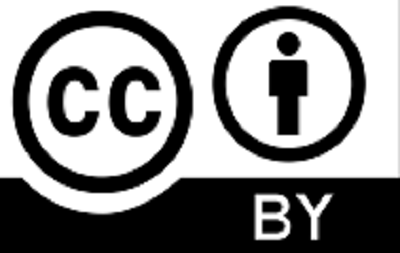 CC-BY-4.0
CC-BY-4.0 turnitin
turnitin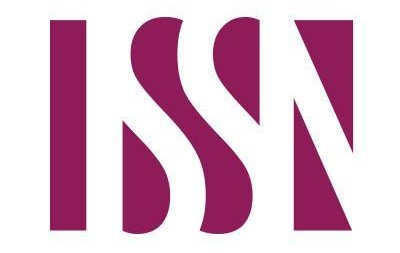 ISSN
ISSN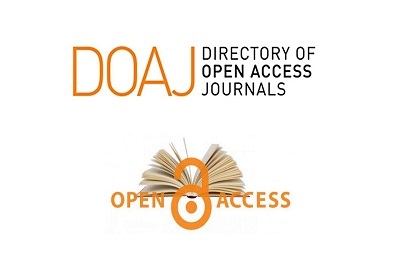 DOAJ
DOAJ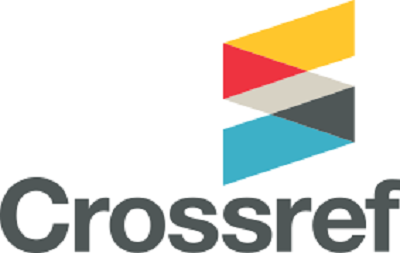 Crossref
Crossref GoogleScholar
GoogleScholar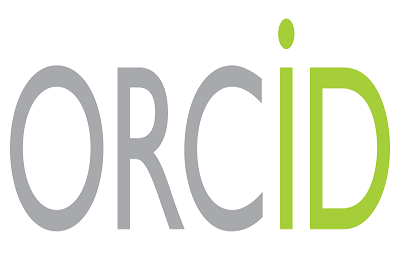 Orcid
Orcid